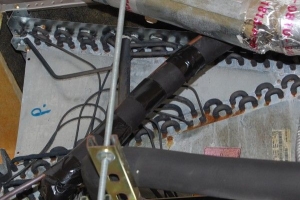
AC unit with copper coils blackened and corroded by gasses from defective drywall.
One of the many types of real estate litigation that Greenfield Advisors consults on is cases involving construction defects. While statutory definitions vary by state, generally speaking, a construction defect is a deficiency or flaw in the materials, design, or construction of a building or structure that fails to meet a buyer’s reasonable expectations. We haven’t posted anything substantive on this topic in a while, so today we’ve decided to share some of the news we’ve seen recently regarding defective building materials, construction defects litigation, and changing regulations in this area.
Chinese Drywall Litigation
We’ve written several times about the defective drywall situation, particularly common throughout the Gulf coast states and Virginia. When we last wrote about this issue and the resulting multidistrict litigation (MDL), two main sources of defective drywall had been identified:
- Knauf, a German-based firm whose subsidiaries produced drywall in China
- Taishan Gypsum Co. Ltd. and related entities owned by the Chinese government
Knauf had already settled, but Taishan was not being very cooperative. The situation hasn’t changed much. The Knauf settlement has paid more than $82 million in claims so far, but other cases in the MDL appear likely to drag on for quite some time.

District Judge Eldon E. Fallon
Judge Fallon heard evidence in a damages hearing for a class action against Taishan involving roughly 2,700 homes in Florida, Alabama, Mississippi, Louisiana, Texas, and Virginia in June 2015; however, he still hasn’t ruled on the matter.
One of the sources of delay was Taishan’s withholding of information during discovery, and a subsequent dispute about whether confidential communications between a Taishan executive and his counsel were subject to attorney-client privilege. In a November 2015 hearing, Judge Fallon ruled that some specific documents must be produced due to an exception for intent to commit fraud or engage in criminal behavior. Taishan was also fined $40,000 plus legal costs for withholding critical information.
Some of the Chinese entities have applied for immunity under the Foreign State and Immunities Act or have otherwise sought to exit the case by claiming that they did not directly sell drywall in the states involved. Judge Fallon has scheduled hearings on these and numerous other motions, but we are still waiting to see the resulting rulings.
Chinese Laminate Flooring Litigation
On March 1, 2015, 60 Minutes aired a story about Lumber Liquidators, a U.S. flooring distributor, selling Chinese-made laminate flooring containing excessive levels of formaldehyde. Similar to the gasses released by Chinese drywall, formaldehyde is a strong-smelling and highly reactive toxic gas associated with symptoms such as eye, nose, and throat irritation and respiratory problems. On the positive side, unlike the gasses emitted from Chinese drywall, the formaldehyde doesn’t appear to cause corrosion or other property damage. However, it is a known carcinogen, and the U.S. Centers for Disease Control and Prevention (CDC) “strongly stress taking steps to reduce exposures.”
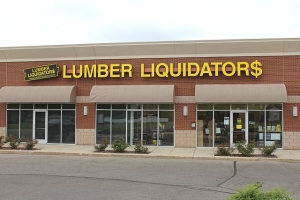
Lumber Liquidators store, courtesy of Wikimedia Commons user Dwight Burdette, CC BY 3.0.
By October 2015, 130 class action lawsuits regarding Chinese laminate flooring had been filed against Lumber Liquidators; these suits assert claims on behalf of hundreds of thousands of purchasers in all 50 states. The claims generally allege that Lumber Liquidators was aware of the elevated levels of formaldehyde, but falsely labeled and marketed its Chinese laminate flooring as though it complied with health and safety standards, including the California Air Resources Board (CARB) emissions standards. Many of these lawsuits have been consolidated into MDL in the Eastern District of Virginia.
Unfortunately, the Chinese laminate flooring problem isn’t confined to just products distributed by Lumber Liquidators as many initially thought. On November 9, 2015, the New York Times published a story alleging that Ark Floors, a small California-based importer of Chinese wood products, had also sold Chinese laminate flooring with excessive formaldehyde levels. The article claimed that some of these products might also have been sold through large retailers such as Home Depot and Walmart.com.
And on December 11, 2015, homeowners who had purchased Chinese laminate flooring from Floor & Décor filed a class action lawsuit alleging breach of express and implied warranties, fraudulent concealment, and negligent misrepresentation, among other charges. The complaint claims that the flooring contains formaldehyde in excess of CARB standards.
On June 10, 2013, the U.S. Environmental Protection Agency (EPA) proposed two rules to help limit formaldehyde emissions from composite wood products manufactured or distributed in the United States:
- An Implementation Rule to implement formaldehyde emission standards under the Formaldehyde Standards for Composite Wood Products Act.
- A Third-Party Certification Program Framework Rule to establish a third-party certification program to ensure that composite wood panel producers comply with the emission limits established under the Implementation Rule.
EPA anticipates finalizing these rules sometime this year, but until it does so, there are no national emissions standards for formaldehyde in composite wood products.
Construction Defects Regulatory Reform
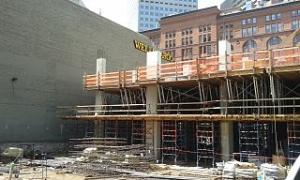
Construction of a new housing project in Denver, courtesy of Wikimedia Commons user Xnatedawgx, CC BY-SA 4.0.
Over the last year, we’ve noticed a trend of construction defects regulatory changes across the country. Nevada, Arizona, Florida, Texas, Colorado, and Washington state legislatures have all considered bills attempting to make it harder for homeowners to sue homebuilders for construction defects. Local governments have also considered similar ordinances.
Several reasons have been cited for these regulatory changes. Some proponents have argued that the reforms will help overburdened courts by preventing expensive and unnecessary litigation. Developers and insurance companies have argued that existing regulations make it too difficult for them to manage their risks. Local governments have argued that there is not enough construction of new condominium projects, and that the construction defect litigation process is partly to blame. However, opponents are concerned that some of these changes will make it too difficult for homeowners who’ve experienced significant losses due to shoddy construction or use of defective building materials to obtain fair compensation.
We’ll be watching to see how these regulatory changes affect the housing market and construction defects litigation. Subscribe to our newsletter (see the sidebar to the left) or keep an eye on this blog to watch for updates.

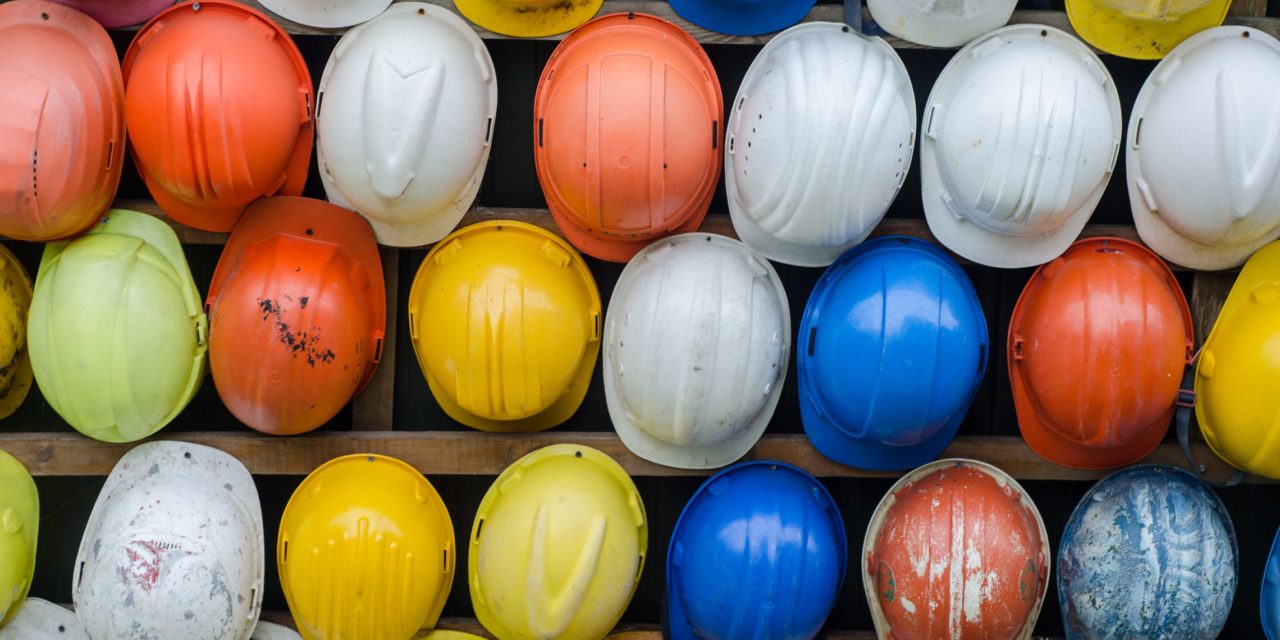


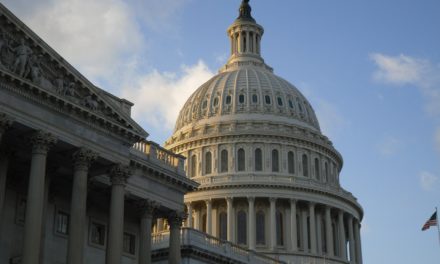

Recent Comments